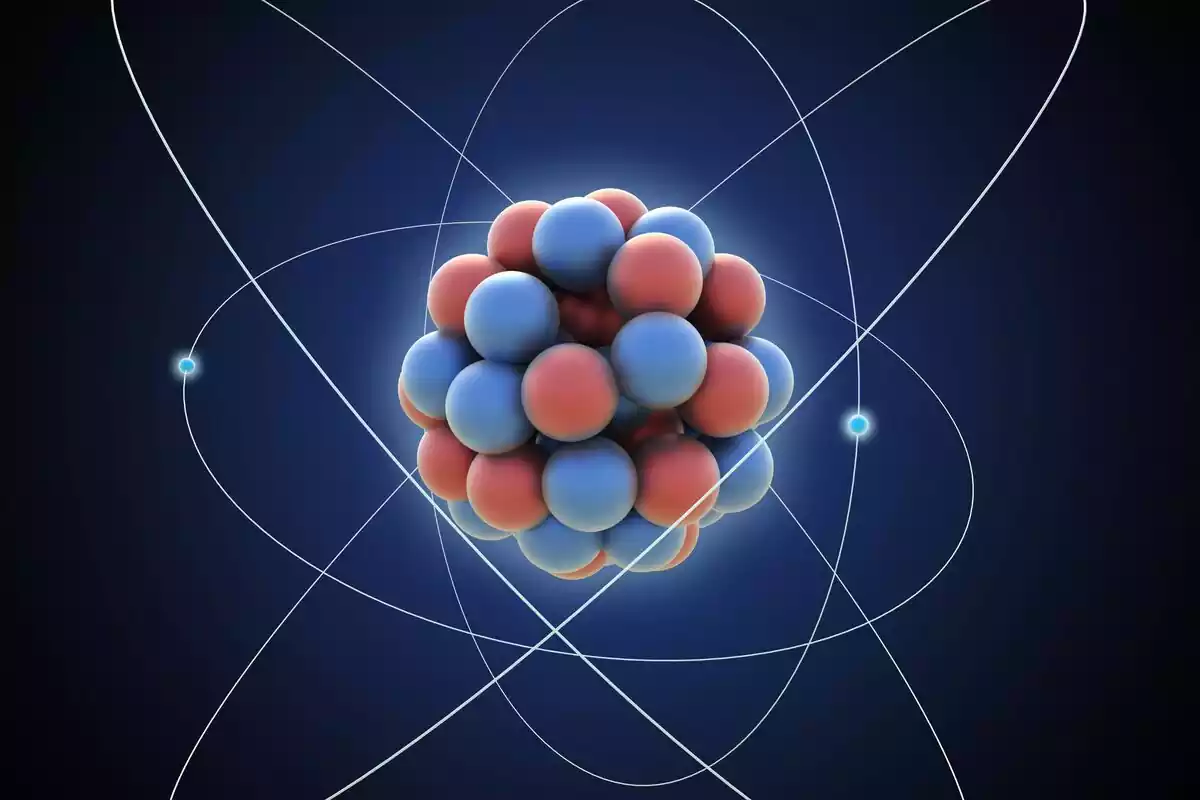The study of matter is one of the most basic branches of physics and chemistry. A fundamental field of study that has allowed us to know especially the properties of matter to be able to mold it as we please, by building everything we see today.
In this article, we are going to explain the main properties of matter that are usually studied. Although there are a few more, here we have divided them by basic, physical and chemical properties.
Quantitative vs qualitative properties of matter
First of all, we are going to differentiate between quantitative and qualitative properties:
Quantitative properties
Quantitative properties are based on information that can be measured or that are quantifiable. So, it implies numbers with its corresponding units and, often, the existence of a tool to measure such units. In the case of matter, some examples are temperature or density, which are expressed in degrees and grams per cubic centimeter, respectively.
Qualitative properties
On the contrary, qualitative properties are those that describe certain properties that cannot be measured, even though they are perceptible through senses. Some examples of qualitative properties of matter are color, smell or state (although we can define them with words such as solid, liquid, gaseous, etc., we cannot quantify the state of matter).
Basic properties of matter
We start the list with the basic properties of matter. Many of these depend on just one variable and, although they may fall into the following categories, these basic properties are the first to be studied and the easiest to understand.
1. Extension
It refers to the measurements of an object. Particularly its width, height and thickness. We can talk about the extension of a hammer and the extension of a hydrogen atom.
2. Mass
It refers to the amount of matter. This property of matter is one of the most basic ones because we can say that it is talking about how much matter there is in a specific space.
3. Porosity
This property of matter quantifies the fact that there is a space between the molecules. The larger the space is, the greater its porosity.
4. Divisibility
Divisibility informs us in which degree a matter can divide itself into many fragments.
5. Elasticity
This property of matter allows it to stretch to a specific length and then return to its original position.
6. Inertia
Inertia describes the capacity of matter to remain in the position and speed it is at.

Physical properties
Now we are going to explain some of the most important physical properties of matter. There are a lot more of them but we have chosen the main ones.
7. Volume
It refers to the extension, keeping in mind the three spatial dimensions at the same time. That is, the height, multiplied by the width and thickness.
8. Density
Density is a property of matter or in other words, a feature. It is calculated taking into account the volume that a body occupies and the amount of mass. The more mass and/or less volume, the more density.
9. Melting point
It is the temperature that matter can withstand until it melts. This physical property (the one that goes froma solid state to a liquid one) is usually expressed in Kelvin or centigrades degrees.
10. Malleability
It is a property of matter that allows it to deform without breaking (and therefore dividing). This property allows the material to turn into thin sheets. Gold is the most malleable known element.
11. Refractive index
This property describes to which point a material is able to reflect light.
12. Ductility
Similar to malleability, but in this case, it describes the possibility of matter becoming fine threads.
13. Tenacity
Tenacity measures the capacity that a material has to absorb the energy without breaking. It is explained as the cohesion degree that exists between matter molecules.
14. Hardness
It describes the strength with which a material opposes to physical alterations, such as penetration, abrasion, and scratching.
Chemical properties
Finally, we are going to explain some of the most important and known chemical properties of matter:
15. Oxidation
Oxidation is a process that happens when an element transfers electrons to another one. When the element loses them, it is said that it "oxidates". This is why, among the properties of matter, one of them is the ease with which it oxidates.
16. Electric conductivity
We are going to explain two different types of conductivity. The first one is the electric conductivity, one of the properties of matter most used in industry. This physicochemical property measures how easily a material allows electricity to travel through it.
17. Thermal conductivity
The thermal conductivity describes how easily a material allows heat to travel through it.
18. Toxicity
A lot of materials and substances have toxicity. Anything that, by coming into contact with a living being, causes disease or health deterioration is considered toxic. Toxicity is also linked to a specific dose.
19. Biodegradability
Matter, especially organic matter, can decompose in more basic chemical elements, which constitute it. So, matter biodegrades under certain environmental conditions. The more and faster the matter degrades, the more biodegradable it becomes.
20. Solubility
To finish, the ability of a substance to dissolve in a liquid, generally water, is called solubility. The more soluble the matter is, the easier it dissolves.

